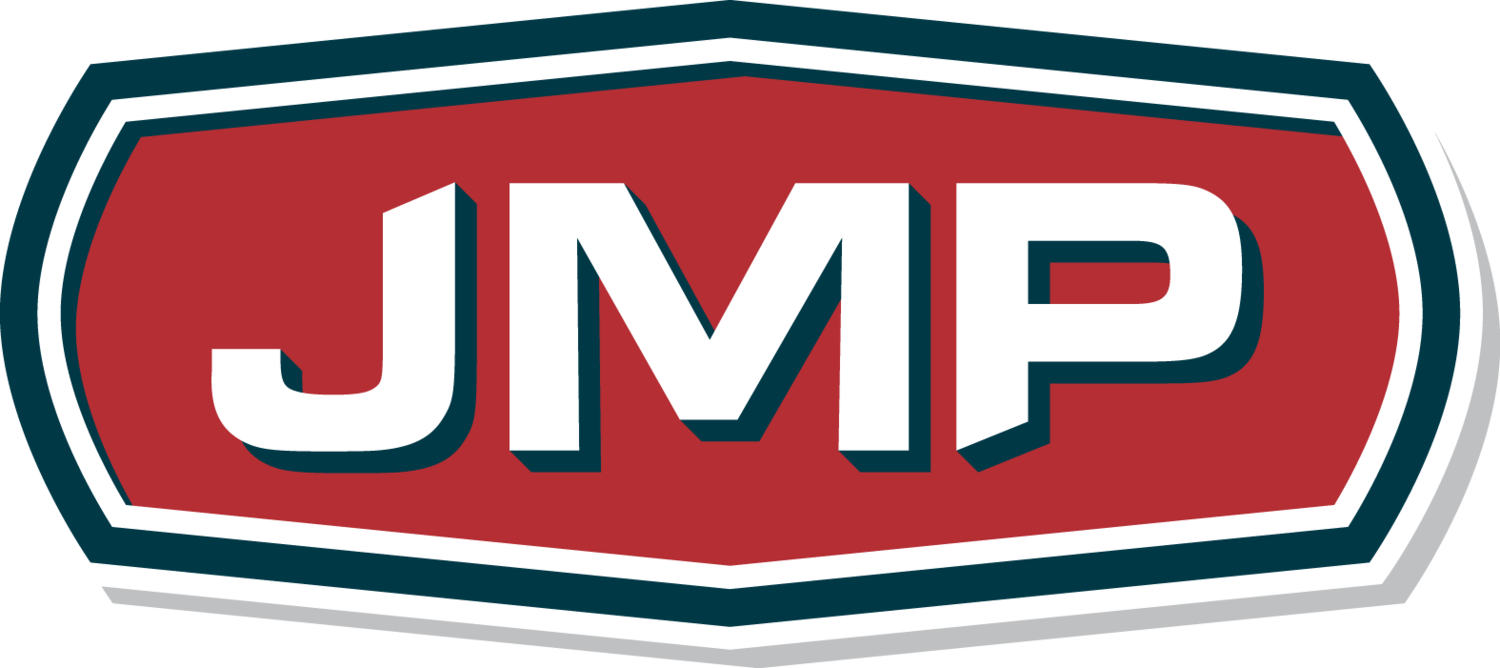Cooling Tower and Condenser Water Design Part 1: The Refrigeration Cycle
/Understanding Primary Secondary Pumping Part 6: 5 Ways to Pump an HVAC System
/By Chris Edmondson
There’s more than one way to pump a chiller or boiler system. In fact, there are five common approaches, and all but one includes some variation of our topic of late -- primary secondary pumping.
Variable Primary Pumping
Contemporary systems that do not utilize primary secondary pumping are typically known as variable primary systems. In this simple design, there is only one set of pumps (chiller or boiler pumps) creating flow for the entire system.
Understanding Primary Secondary Pumping Part 4: “What happens when...?”
/By Chris Edmondson
Now that we know what happens when we vary flows and mix temperatures in a primary secondary pumping system, let’s explore these theories in some more realistic scenarios.
As discussed in a previous blogs, when it comes to primary secondary systems, one of three flow patterns is always in occurrence:
Read MoreUnderstanding Primary Secondary Pumping Part 3: Avoiding Low Delta T Syndrome
/By Chris Edmondson
Low Delta T Syndrome. The terminology alone strikes fear in the hearts of anyone involved in chiller plant design or operation. We know Low Delta T Syndrome is bad. We know it wastes energy. The very topic has given rise to countless technical articles and white papers that most of us haven’t the time or patience read. But take heart because believe it or not, if you’ve read and understand Part 1 and Part 2 of this Series, you already have the building blocks to understand Low Delta T Syndrome. You just don’t know it yet.


